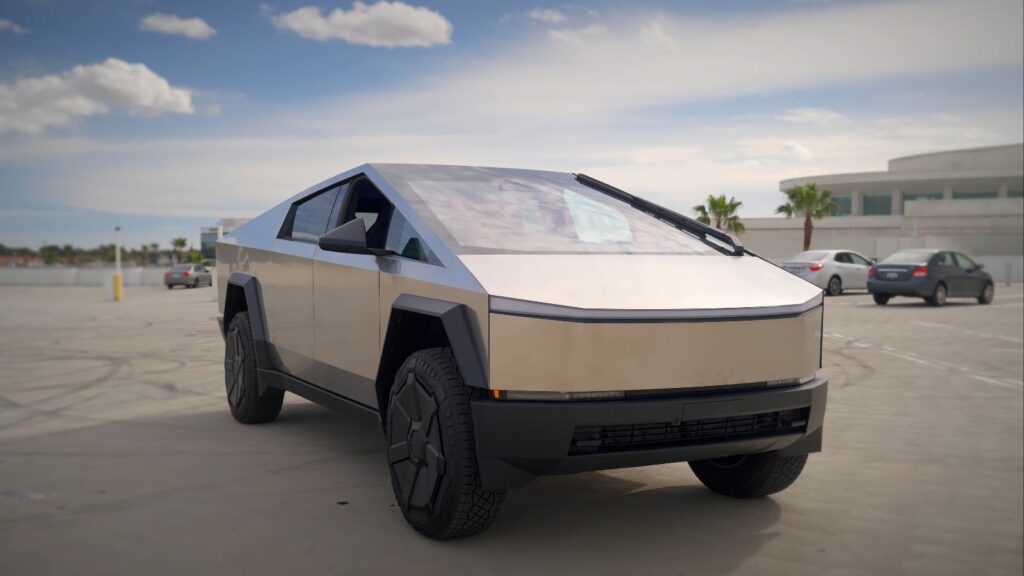Multiple reports and social media posts suggest that SpaceX and possibly Elon Musk’s AI company xAI are quietly buying up fleets of Tesla Cybertrucks. Tesla hasn’t disclosed the volumes, but eyewitness accounts point to hundreds of these stainless-steel electric pickups already showing up at company facilities. It looks less like a coincidence and more like a coordinated effort to soak up Tesla’s growing Cybertruck inventory.
Cybertrucks Popping Up in Surprising Places
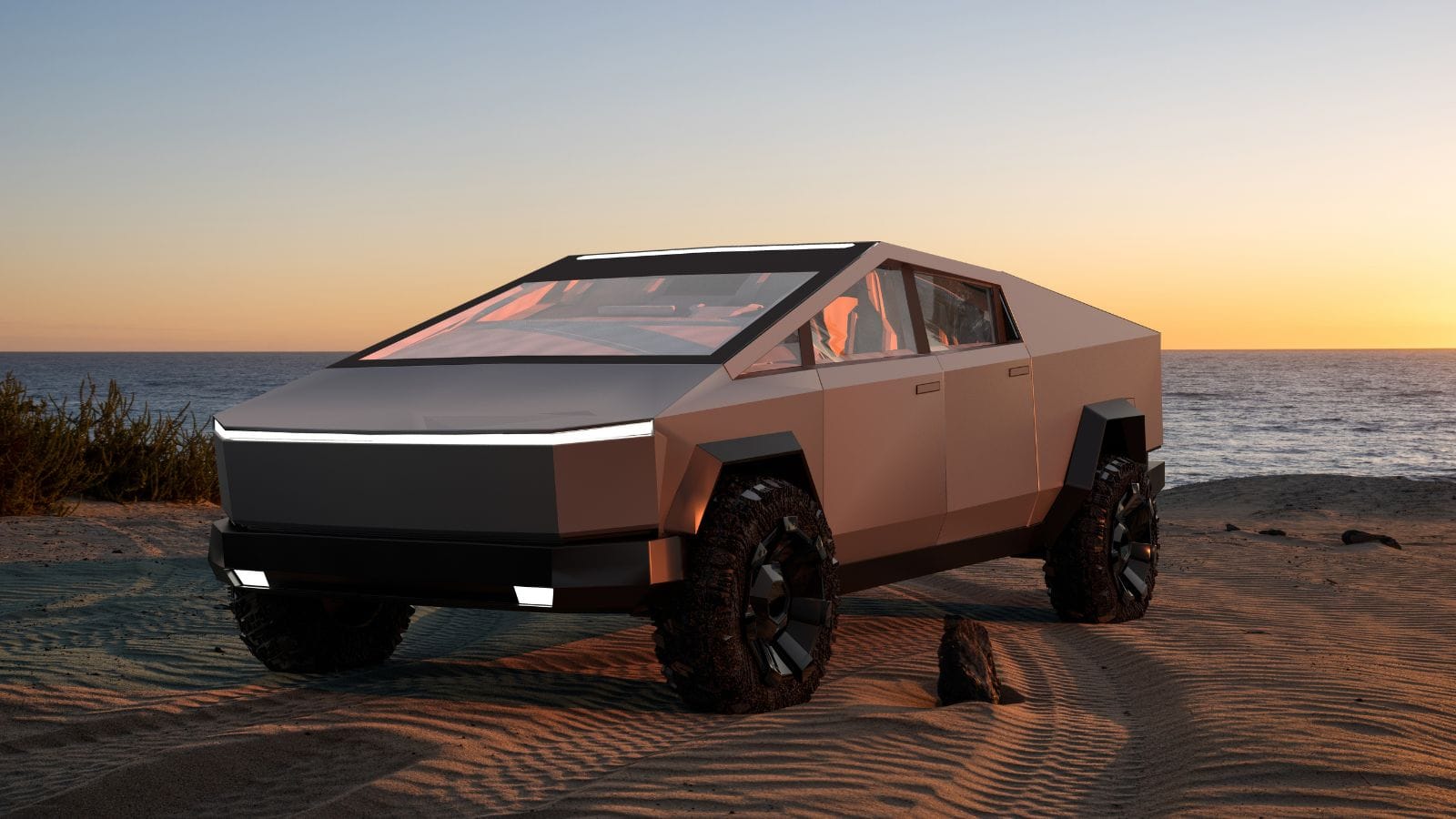
In recent weeks, photos and short clips have surfaced online showing parking lots at SpaceX facilities filled with Cybertrucks. Truck carriers loaded with them have been spotted unloading at different sites. The same reports are emerging from xAI’s offices, where convoys of the futuristic pickups are being delivered in bulk. These aren’t a handful of employee orders being delivered together. The sheer numbers suggest fleet-level purchases, with Musk’s other companies acting as a kind of backstop for Tesla’s production pipeline.
Tesla’s Quiet Problem: Too Many Cybertrucks
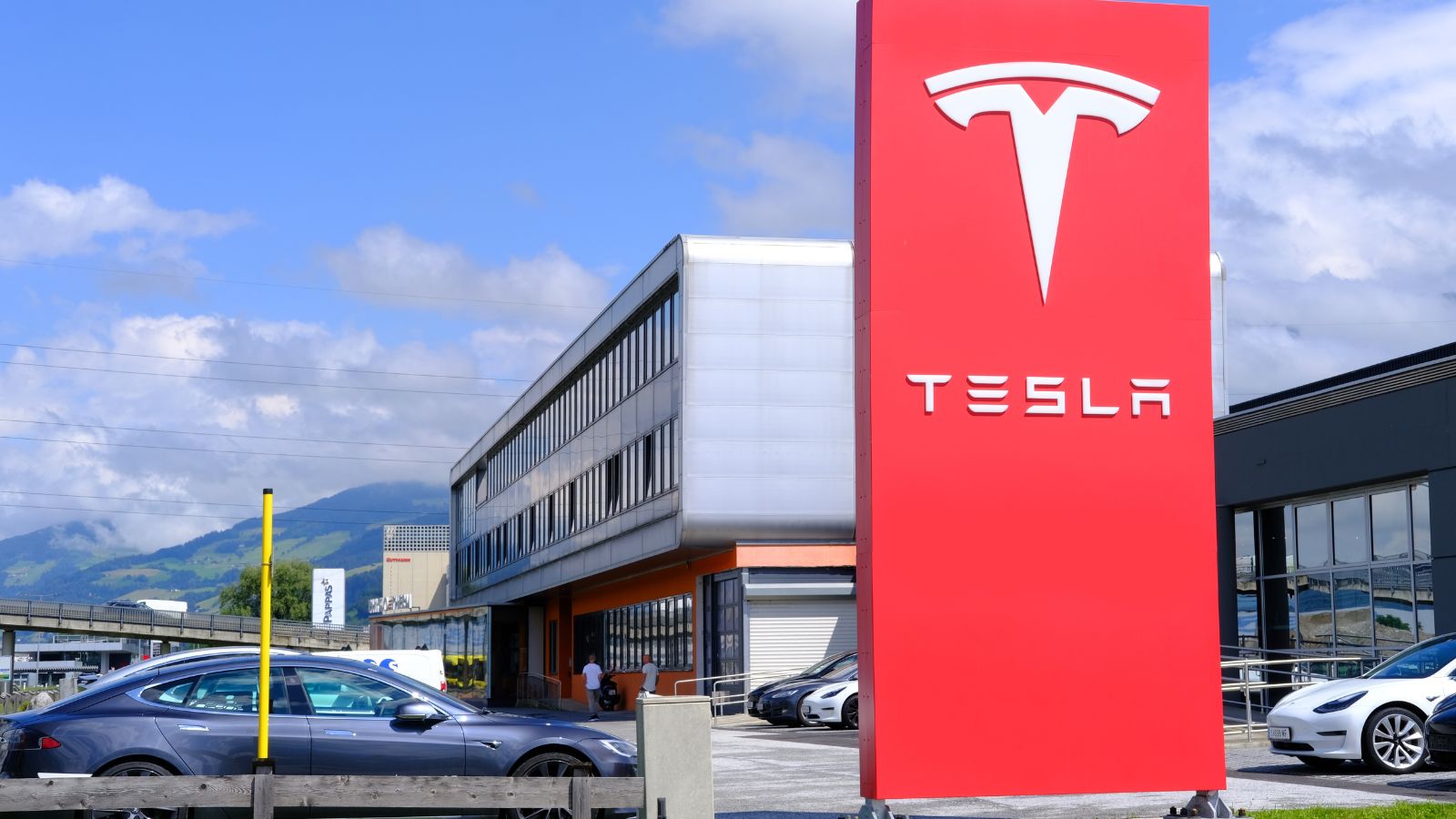
Tesla made the Cybertruck one of the most talked-about vehicles of the decade, with years of hype and promises of disruption. Yet production delays, a steep learning curve with stainless steel manufacturing, and higher-than expected prices have cooled enthusiasm among buyers. While some early adopters rushed to reserve theirs, real world demand hasn’t kept up with the thousands rolling out of Tesla’s Texas Gigafactory. What looked like an unstoppable icon has become a challenge to sell at scale, and shifting the trucks internally helps keep official inventory numbers under control.
SpaceX’s Possible Use for the Cybertruck
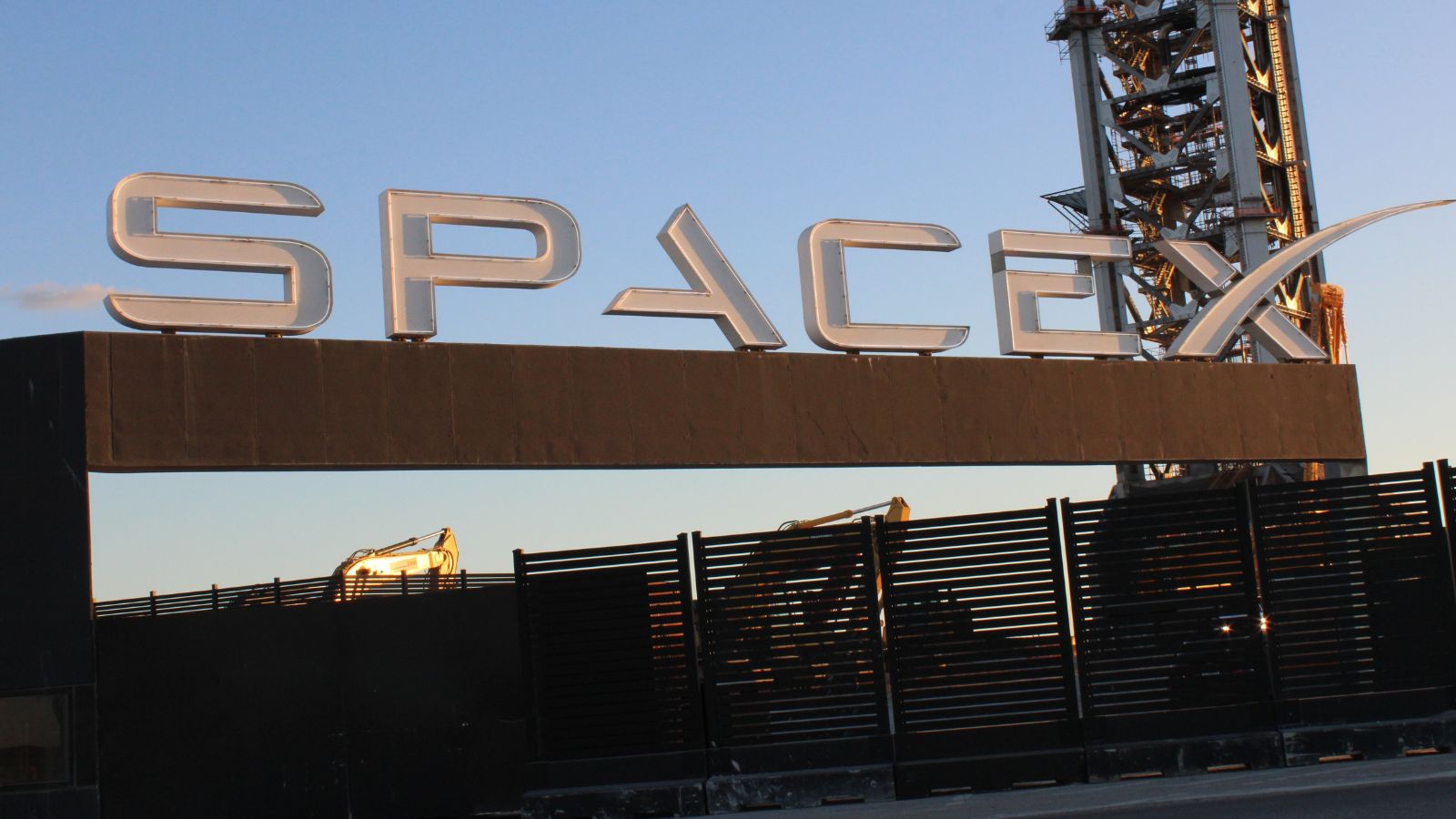
On paper, SpaceX has a credible use for these trucks. The company’s facilities cover massive areas, from launch pads at Cape Canaveral to the sprawling Starbase complex in Texas. Employees and contractors need capable vehicles for hauling tools, ferrying staff, and towing equipment across tough terrain. The Cybertruck’s 11,000-pound towing capacity and stainless steel panels advertised as “nearly indestructible” make it a decent fit for work duty. From that angle, the fleet deliveries can be explained as more than just accounting magic.
There’s also a branding angle. SpaceX thrives on the image of being futuristic, bold, and experimental. Having a fleet of radical, angular trucks parked outside rocket assembly hangars creates a perfect backdrop for social media posts and promotional shots. It tells a story of Musk’s companies moving in sync, building rockets with the same cutting-edge spirit that created the Cybertruck.
xAI’s Fleet Addition: Practical or PR?
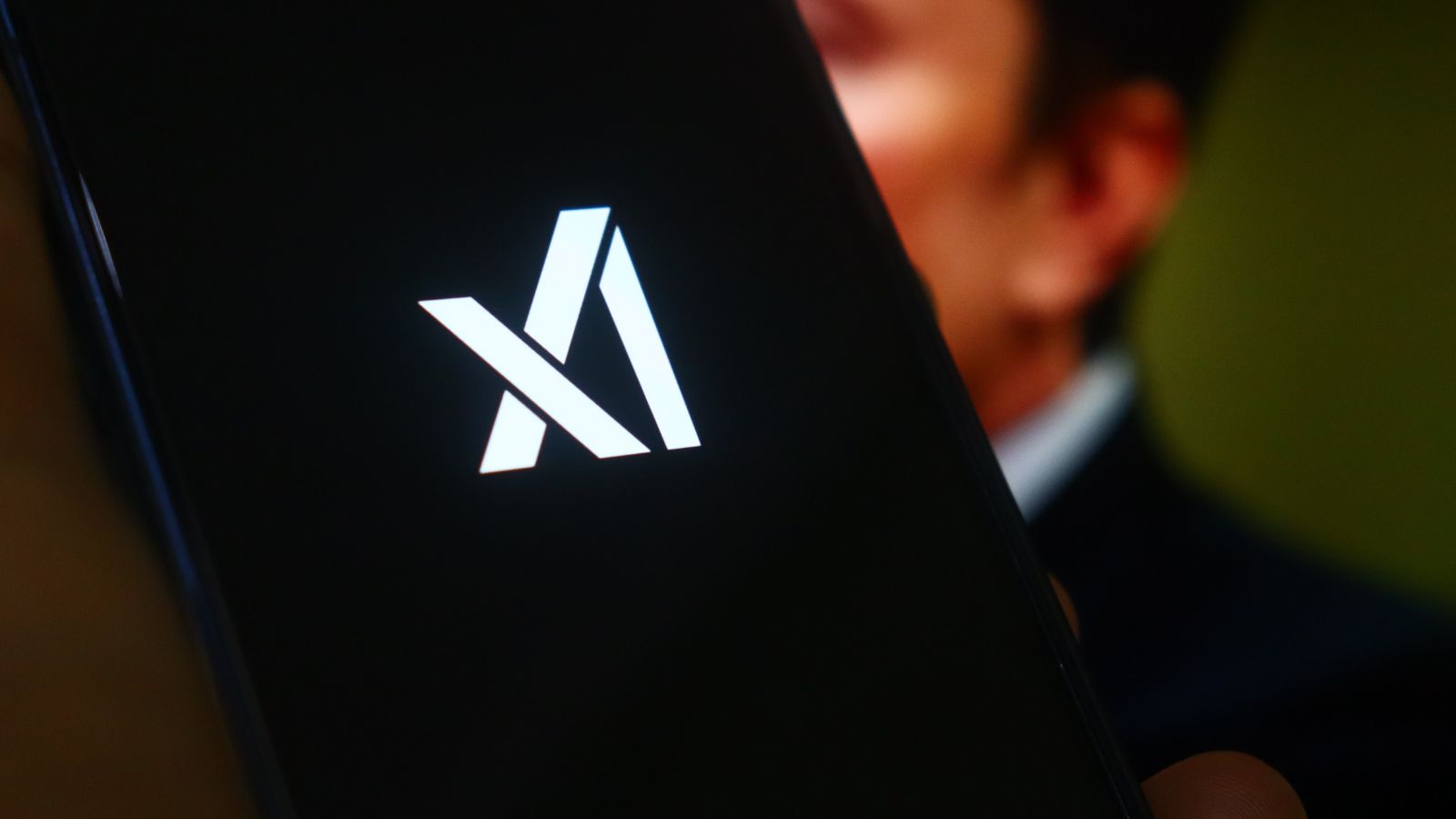
The case of xAI is harder to rationalize. Unlike SpaceX, the AI startup doesn’t operate sprawling industrial sites that demand heavy-duty vehicles. A fleet of Cybertrucks outside an AI research office feels less like a necessity and more like a deliberate PR play. For Musk, who constantly blends his companies into a single narrative of innovation, it’s a visual statement. These trucks become rolling advertisements for the Musk brand, signaling unity across ventures that don’t obviously connect.
For employees, the fleet might simply be a perk giving engineers a taste of Tesla’s latest tech. For outsiders, it feels like Musk using his own companies as captive customers, moving product internally to boost appearances. Either way, xAI’s parking lots filled with Cybertrucks are more about optics than utility.
More About Optics Than Necessity
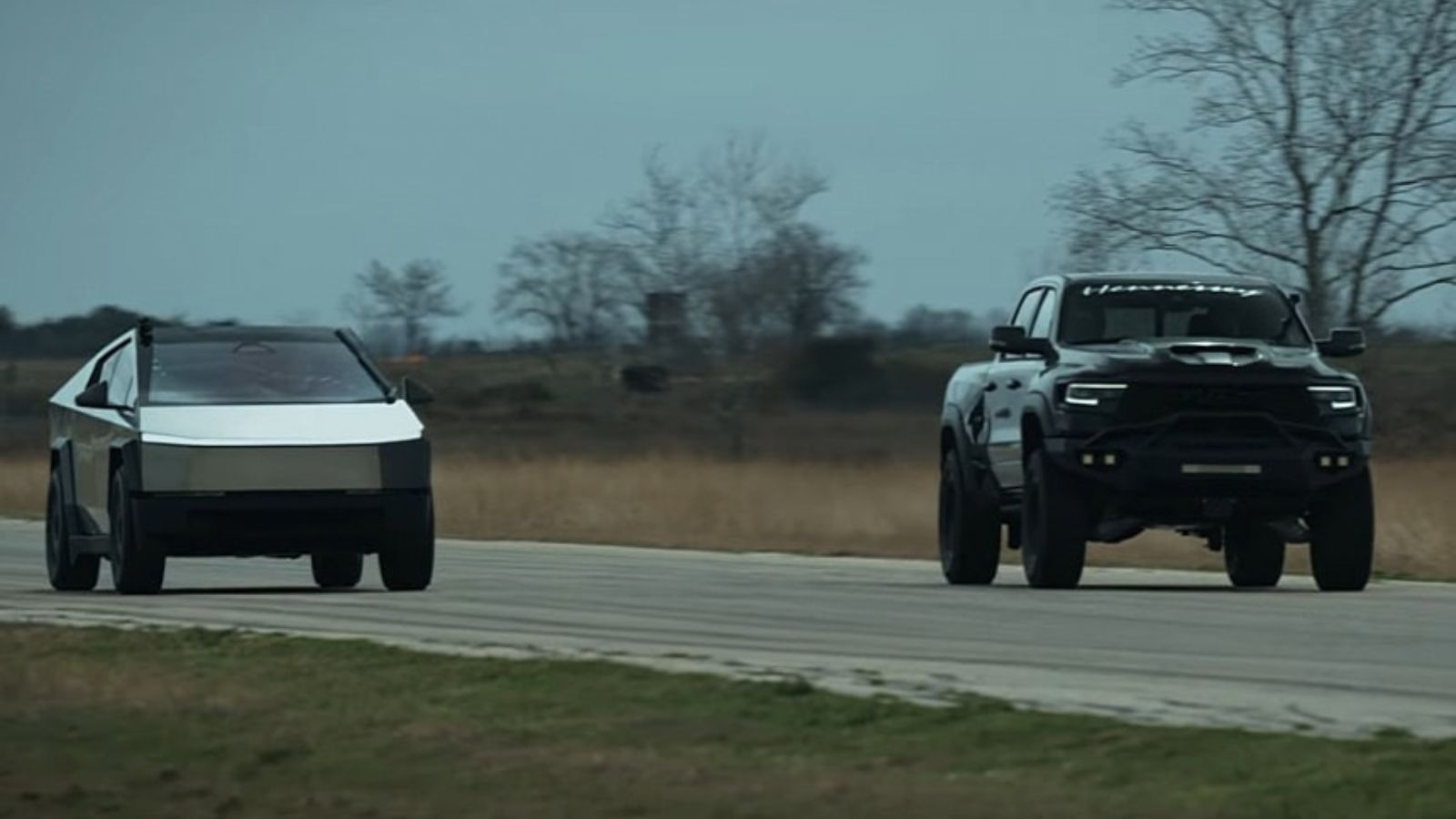
The timing of these bulk deliveries is no accident. Tesla is under constant pressure from investors to prove that demand is real and production is ramping smoothly. Having too many trucks sitting unsold in inventory is a red flag. By delivering large numbers to SpaceX and xAI, Tesla shifts the trucks out of “unsold” status and into active use. It doesn’t necessarily reflect true market demand, but it looks cleaner on the balance sheet.
To the casual observer, it appears that the Cybertruck is everywhere on launchpads, in AI labs, and across Tesla’s marketing material. The effect is powerful, even if the reality is that many of these trucks weren’t sold to outside customers at all. It’s a case of Musk feeding Musk, keeping the hype alive while smoothing out Tesla’s numbers.
A Clever but Transparent Strategy
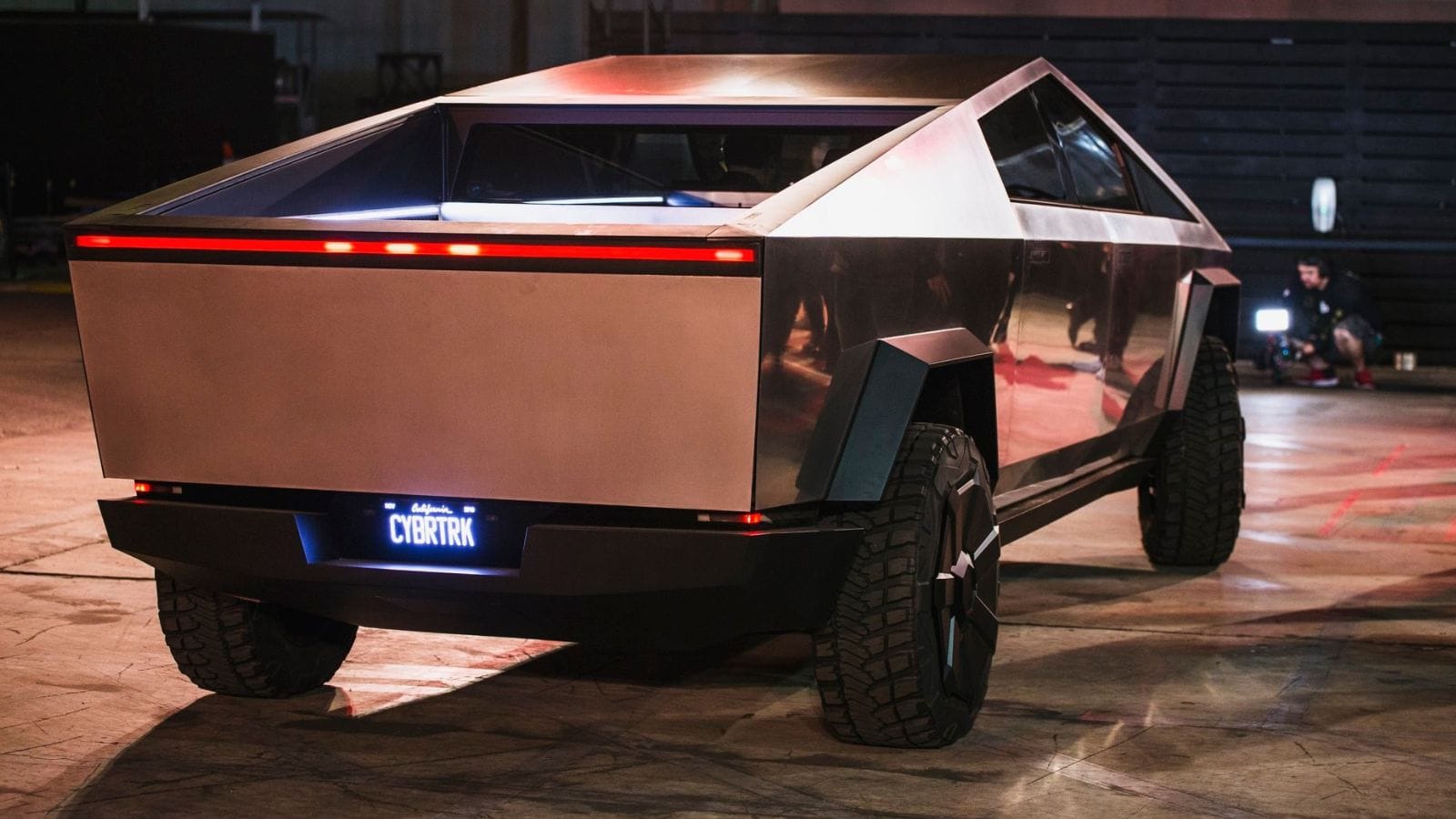
In one sense, it’s clever corporate synergy. Musk controls multiple companies with overlapping interests, so why not use Tesla vehicles across the board? Instead of letting trucks gather dust, they’re deployed where they can still be seen, used, and photographed. The public gets the impression that Cybertrucks are being snapped up everywhere, even if much of the demand is internal.
But it’s also transparent. Observers can see that this isn’t organic consumer demand it’s self-generated demand. Automakers historically push vehicles into rental fleets or corporate clients when sales soften, and Tesla is showing signs of doing the same thing, just within its own ecosystem. For a truck that was supposed to be impossible to get, this sudden availability tells its own story.
What It Means for Tesla’s Future
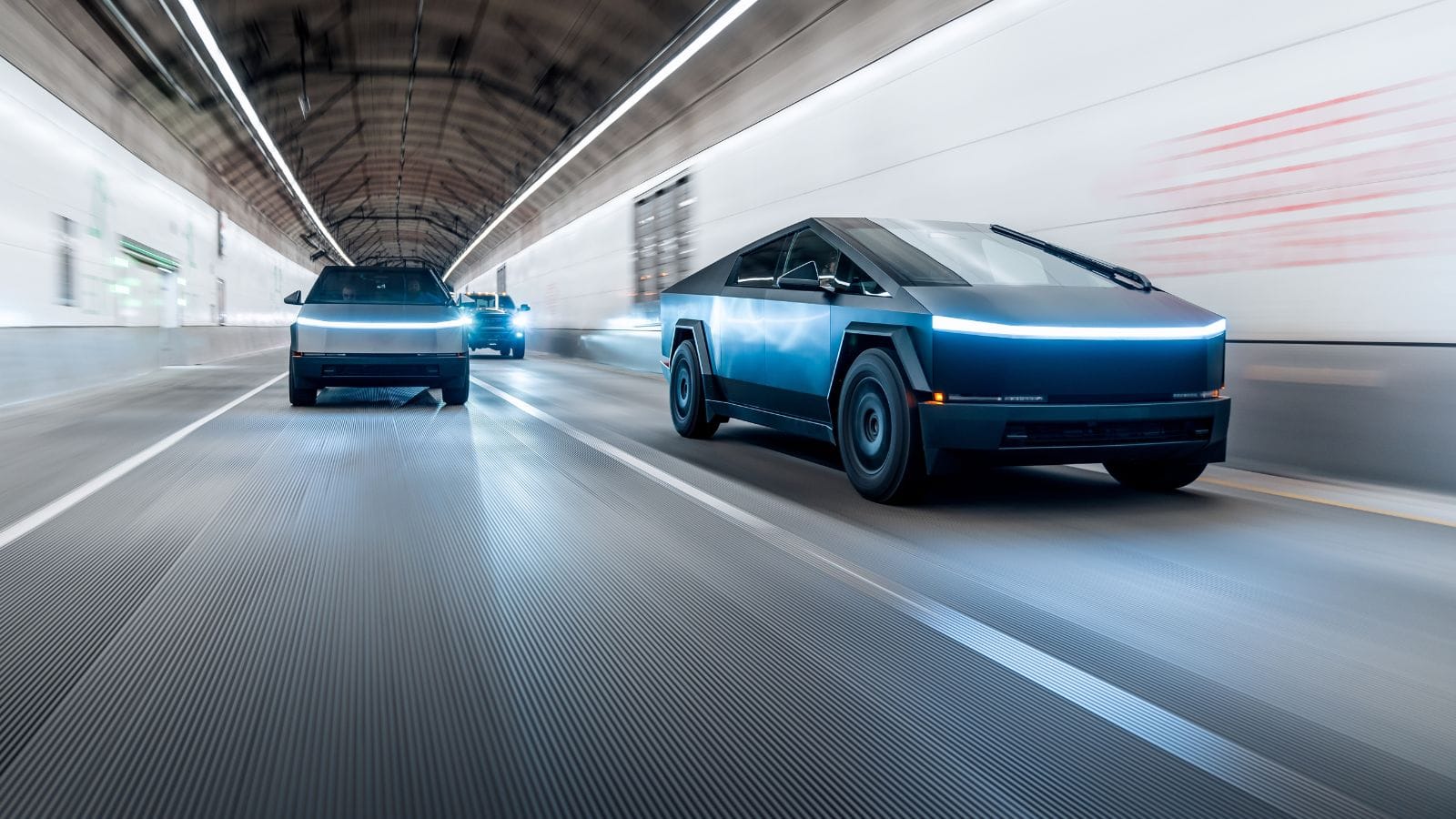
The move hints at a bigger challenge for Tesla. The Cybertruck is unlike anything else on the road, but its radical design and high price tag mean it’s not a mass market pickup. Traditional truck buyers often stick with proven Fords, Chevys, or Rams. Early adopters have gotten theirs, but the mainstream may not follow. If Tesla continues to lean on internal sales, it could signal difficulty breaking through into the broader truck market.
On the flip side, saturating Musk’s companies with Cybertrucks could also serve as free marketing. Seeing them in the wild at rocket facilities or splashed across employee social feeds may keep the truck in the public eye long enough for demand to stabilize. The gamble is whether real customers will bite once the novelty wears off.
Damage Limitation
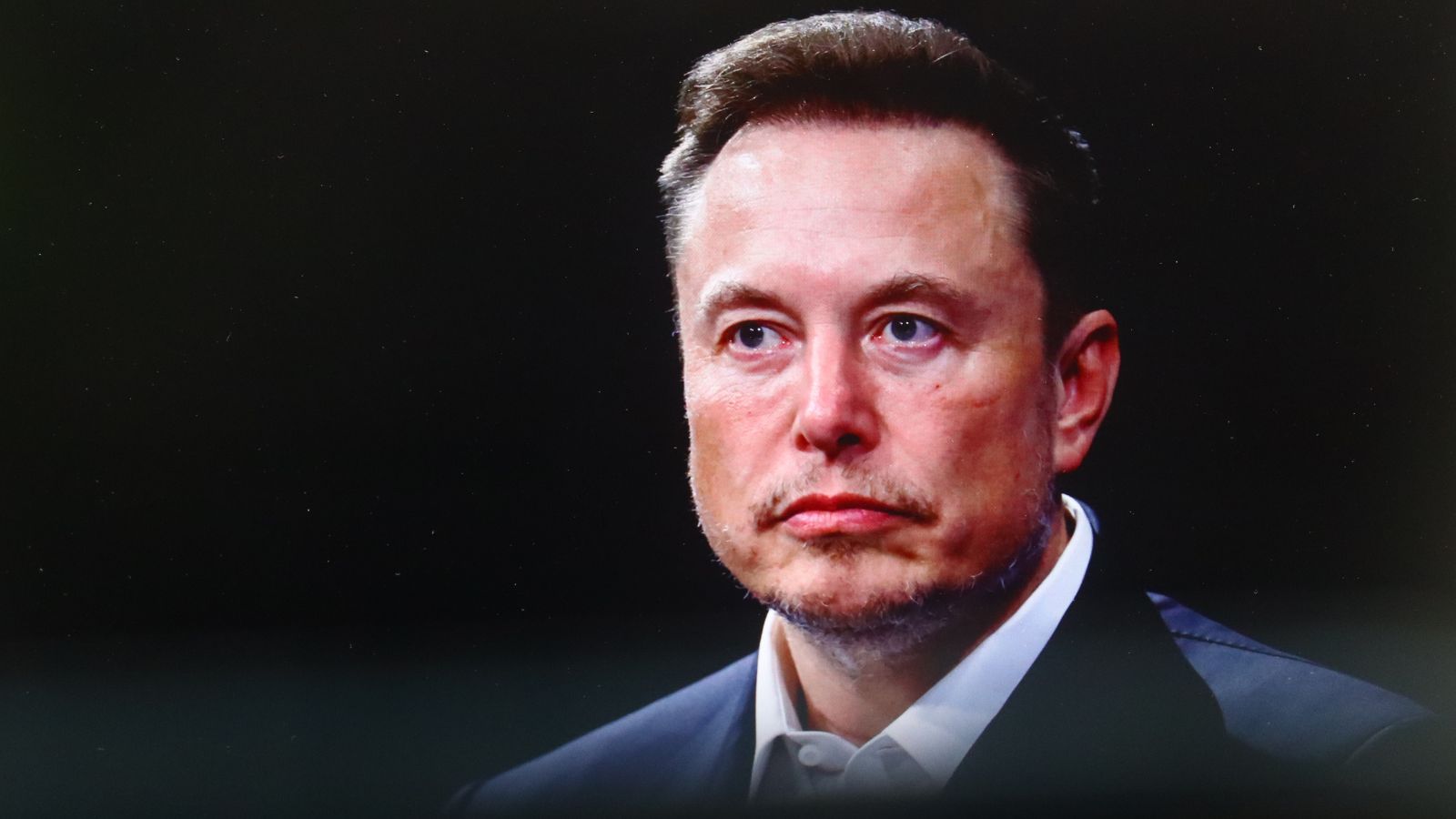
Cybertrucks showing up at SpaceX launchpads and xAI offices are more than a curiosity they’re a glimpse into Tesla’s hidden strategy. Musk is using his own companies to absorb unsold inventory, creating the illusion of widespread adoption. It’s a tactic that keeps investors calm, fuels the hype machine, and prevents trucks from stacking up unsold.
Whether these vehicles end up as true workhorses or as flashy props in the Musk industrial complex, one thing is certain: the Cybertruck isn’t just a pickup anymore. It’s a tool for corporate image control, and its future might depend as much on internal demand as it does on real-world buyers.
25 Facts About Car Loans That Most Drivers Don’t Realize

Car loans are one of the most common ways people fund car purchases. Like any other kind of loan, car loans can have certain features that can be regarded as an advantage or a disadvantage to the borrower. Understanding all essential facts about car loans and how they work to ensure that you get the best deal for your financial situation is essential. Here are 25 shocking facts about car loans that most drivers don’t realize:
25 Facts About Car Loans That Most Drivers Don’t Realize
